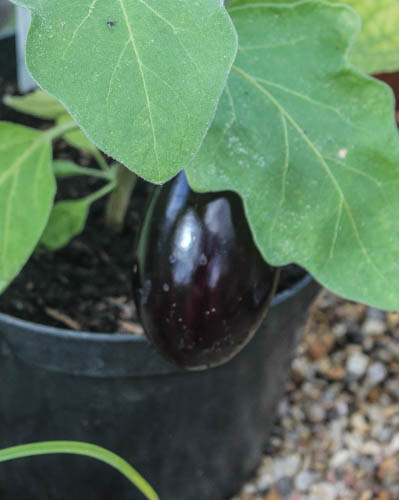
Sow Fennel, oriental vegetables like mizuna greens and Pak Choi, rocket, coriander dill, spinach, claytonia and land cress, in modules as soon as you can in August. These will germinate quickly and can be planted out by mid-August for an Autumn harvest.
Blossom End Rot, where the end of tomatoes becomes circular, black and flattened, is often a problem with tomatoes (you will find it on peppers and aubergines, squashes and watermelons, too). It is caused by lack of calcium in the fruits, it in the soil, growing bags and potting composts but lack of water flowing through the plant stops it from reaching the extremities, fruit near the top of the plant is most likely to be affected. Plants in pots and growing bags with limited rooting space are most likely to have problems, along with those growing in acidic conditions; it is less likely with plants in borders as they have a larger root run. High humidity and adding fertiliser to dry soil or compost can also cause problems, because the concentration of nutrients in the soil water restricts moisture. Keep the greenhouse well ventilated and the soil consistently moist, watering twice a day if needed. It is particularly important when using growing bags as the compost is very difficult to moisten once it dries out. Mulching, automatic watering systems, larger pots (up to 37.5cm in diameter), or growing in border soil are helpful solutions. You can still eat tomatoes with Blossom End Rot, just slice off the damaged tissue but they will be no good for the village show.
Keep sowing ‘cut and come again’ crops in pots, like mixed herbs; mixed salads can be started under the greenhouse benching then moved outdoors. Sow chicory and chard for leaves, chervil, coriander, parsley and rocket, lettuce, salad onion, spinach and spring cabbage for crops later in the year.
Check aubergines, sweet peppers, cucumber, melon and chilli’s for red spider mite and whitefly. Use organic sprays containing plant oils or extracts, fatty acids or plant invigorator and maintain high humidity to control red spider mite and natural pyrethrum, fatty acids or plant oil sprays to control whitefly. They are very short persistence and require regular reapplication to keep whitefly in check. Biological controls can also be used. Happy gardening. Matt.
Keep an eye on watering and ventilation, opening before temperatures start to rise early in the day – the small volume of air in a greenhouse doesn’t take long to reach high temperatures. Stand watering cans in the greenhouse for 24 hours so the water warms before use. Fruiting crops like cucumbers, aubergines and tomatoes need a constant supply of water. Feed weekly, with high potash tomato fertiliser, and ‘damp down’ the floor to increase humidity or use a hand sprayer to mist among cucumber leaves.
If you are lucky enough to be going on holiday, make sure someone checks your greenhouse daily, they can be ‘paid’ by letting them harvest your crops, if ripened fruits to stay on the plant and they will deteriorate – the plants stop producing, too.


